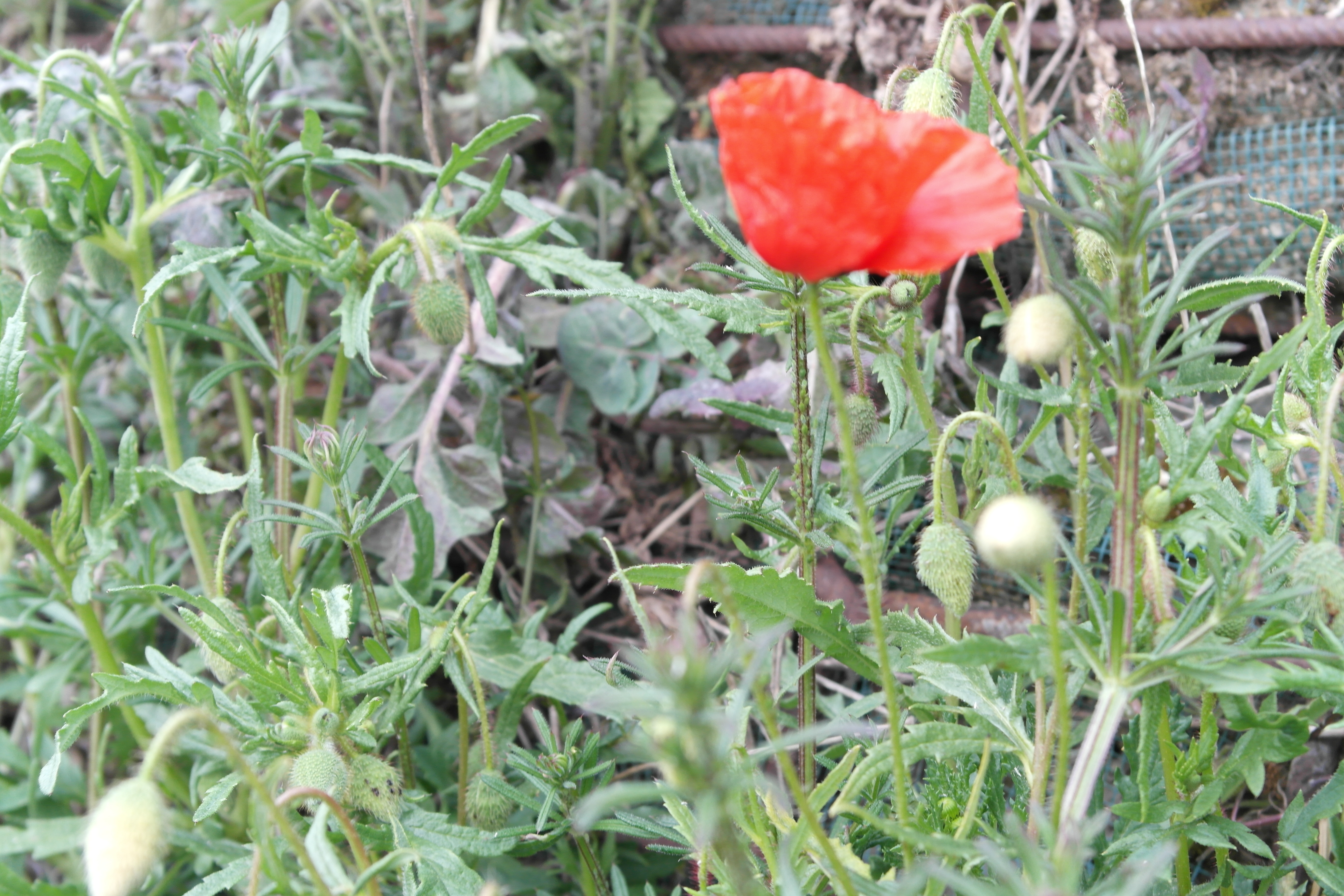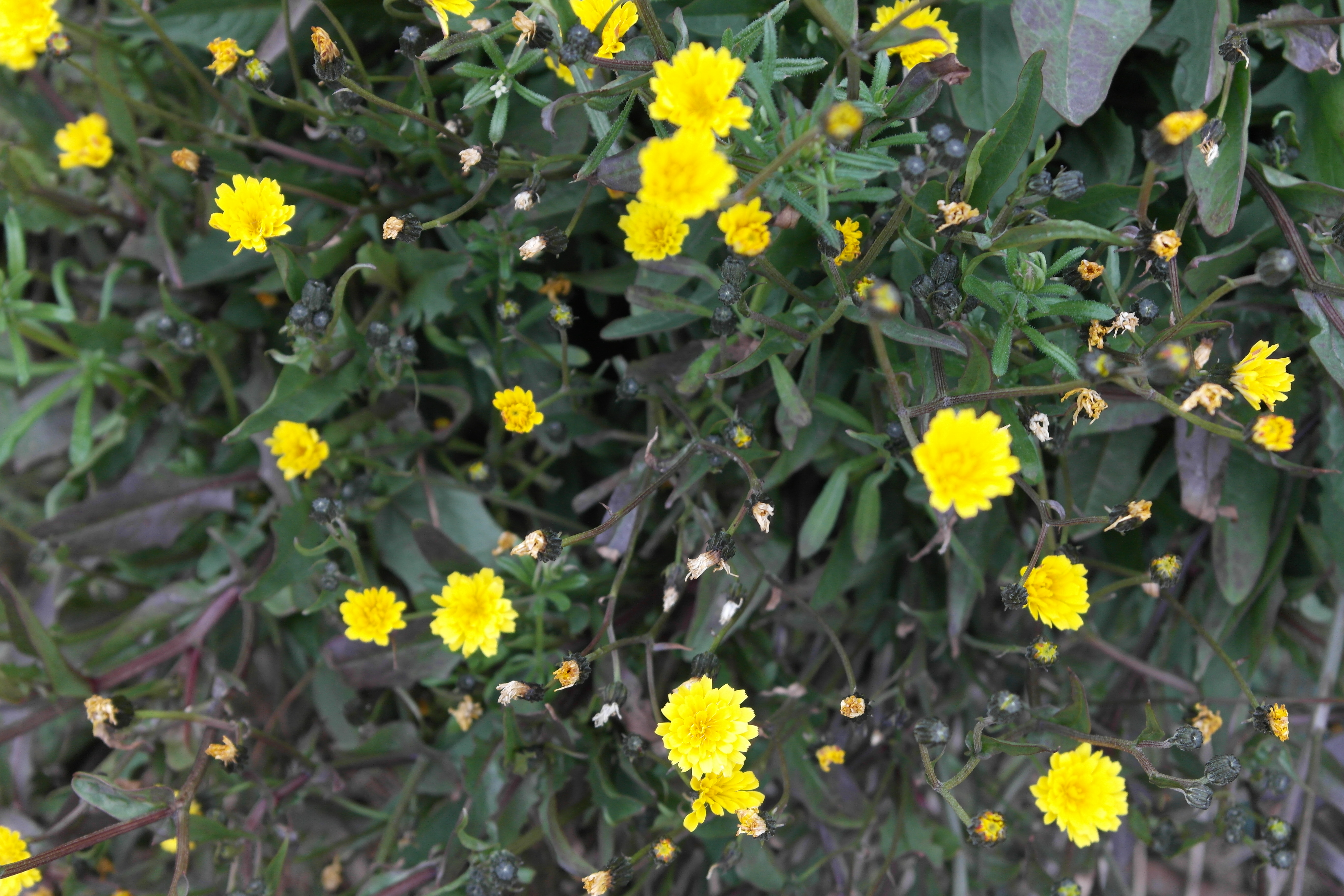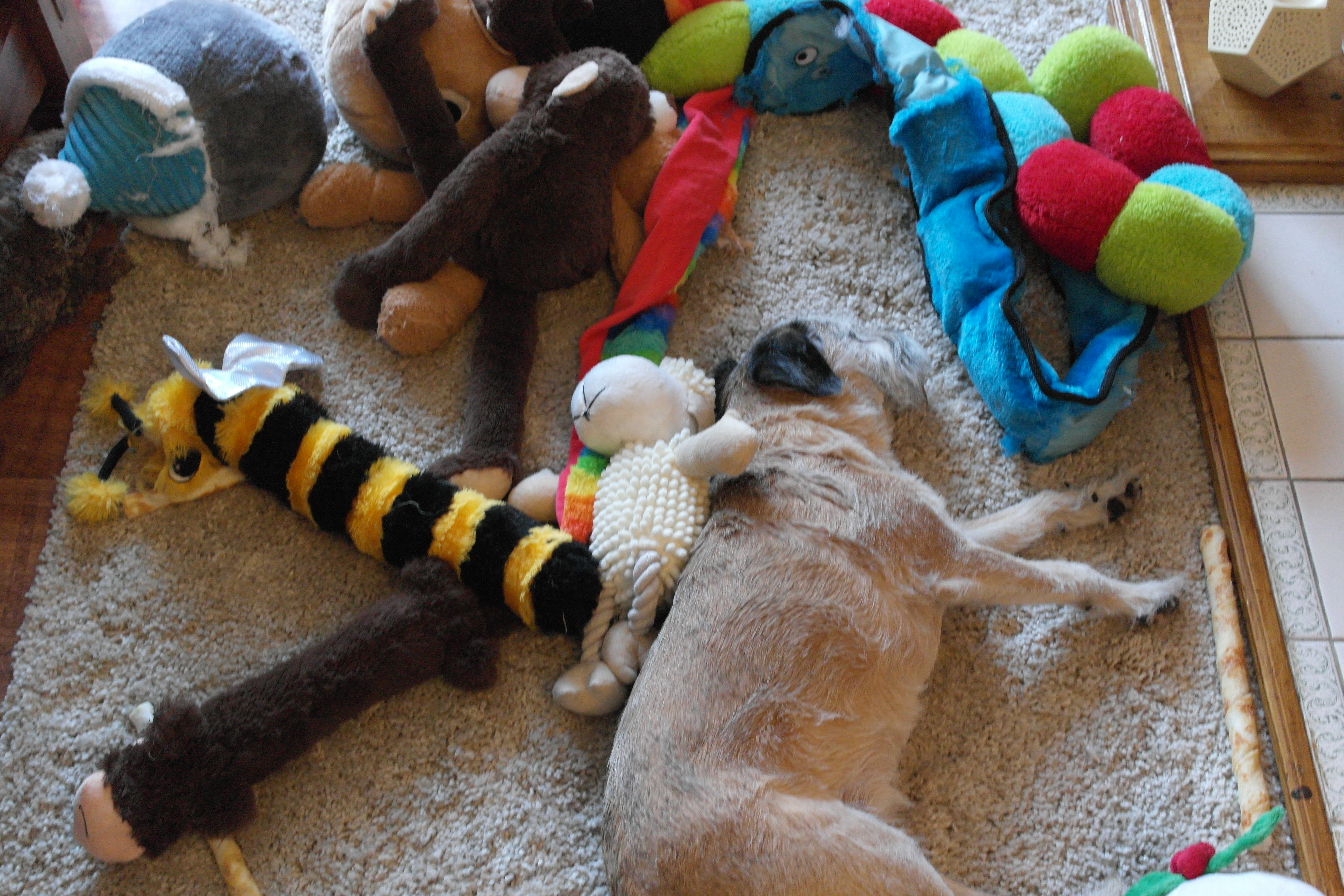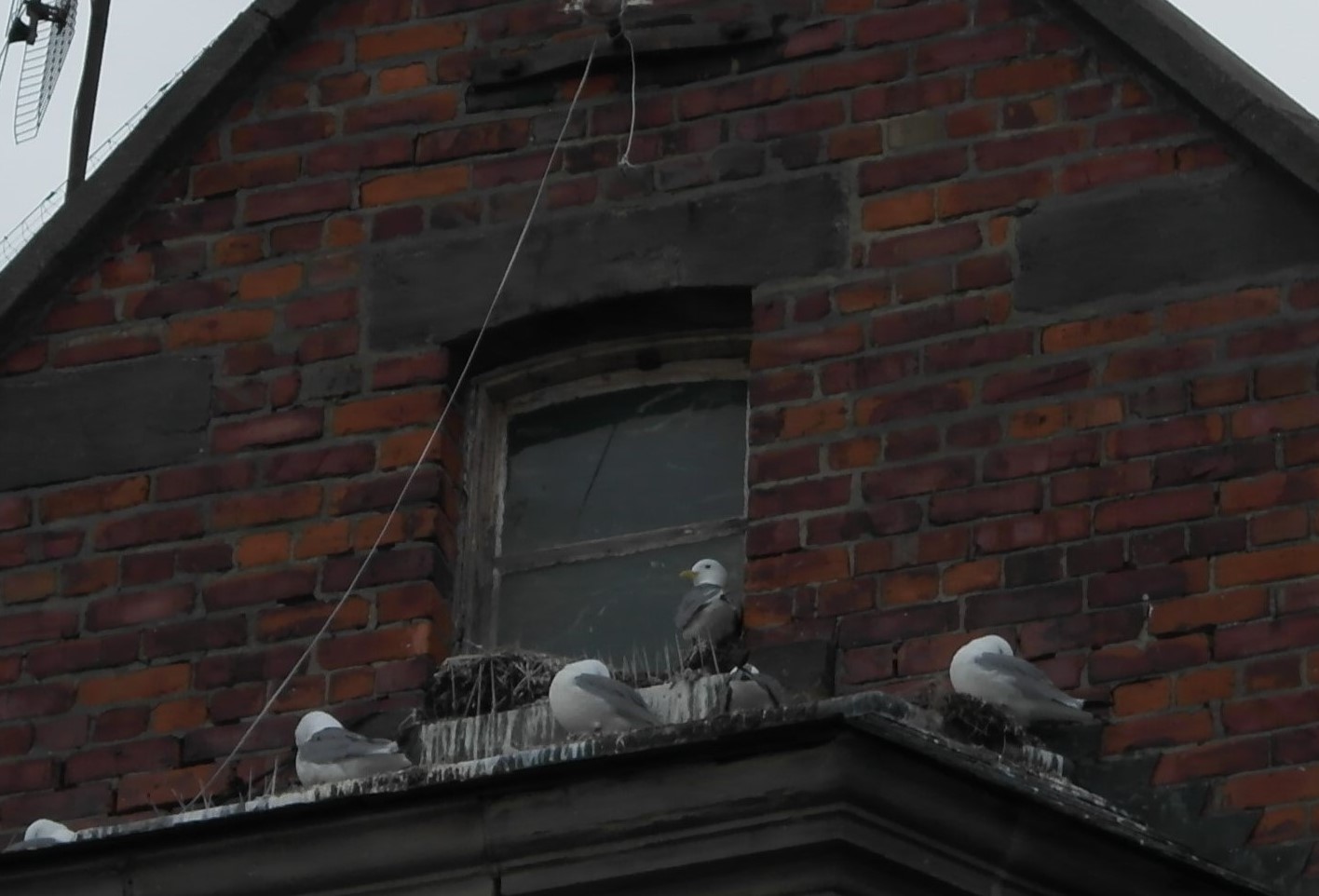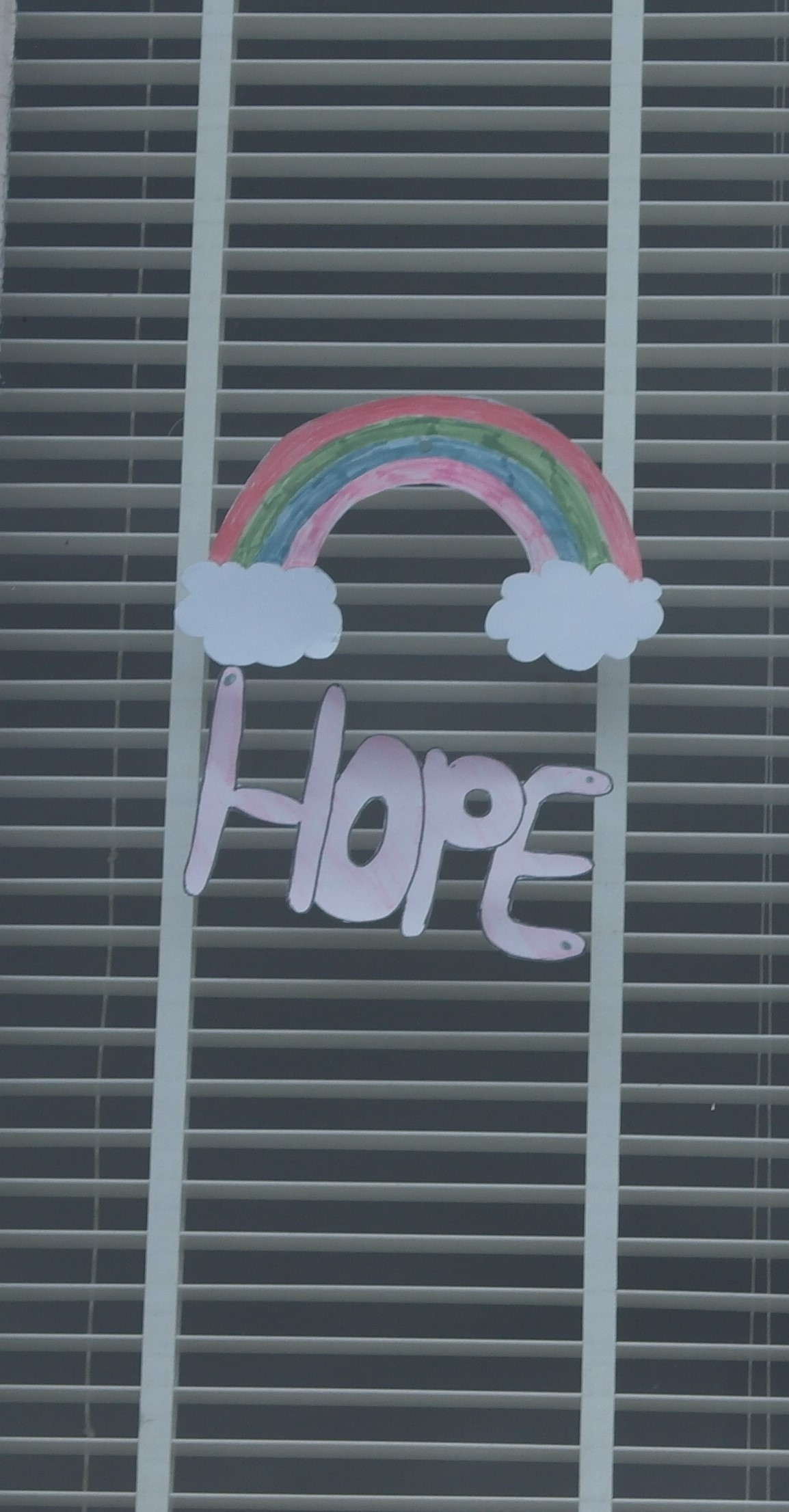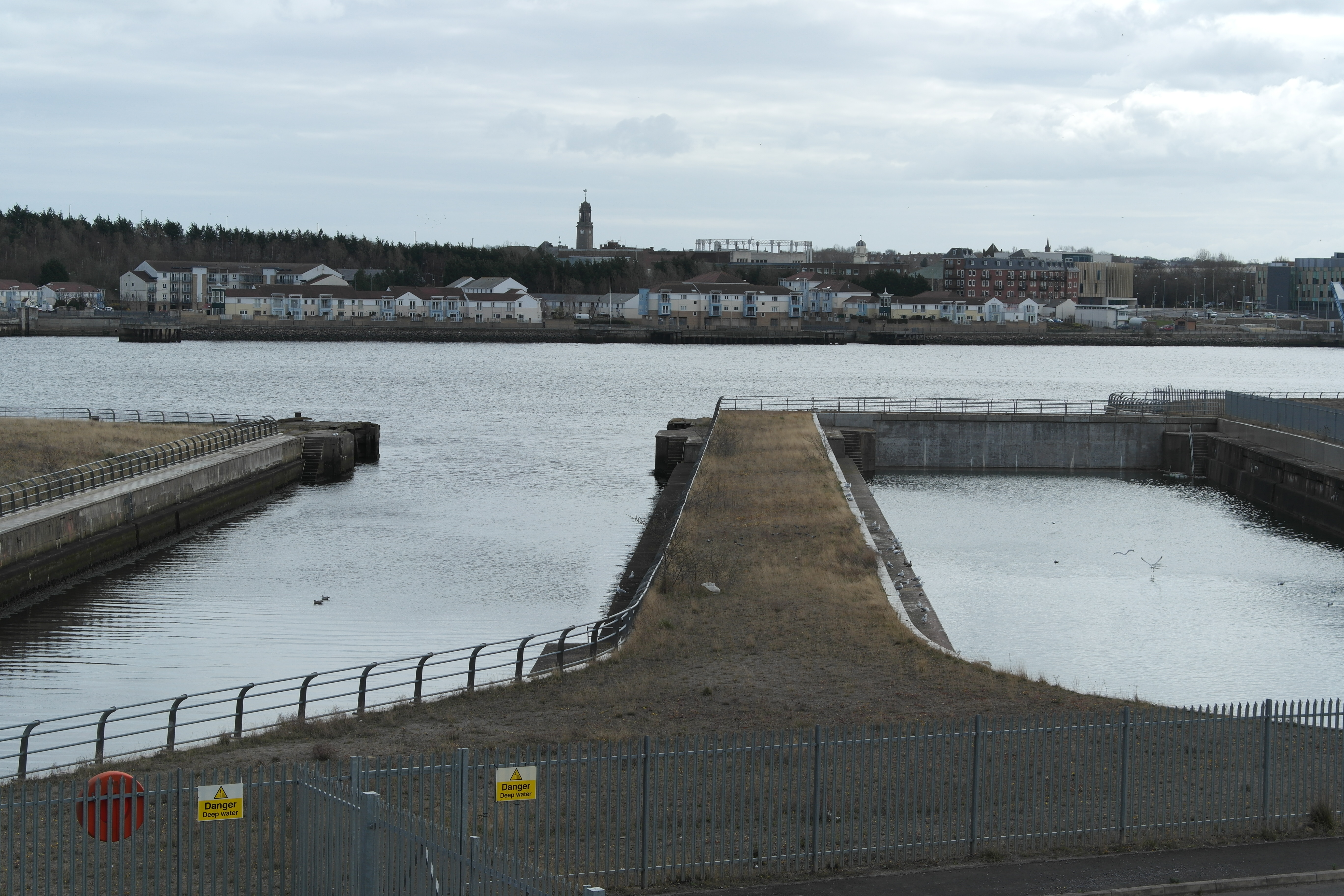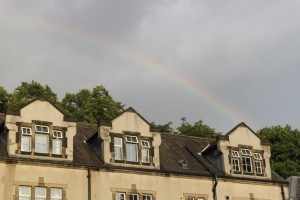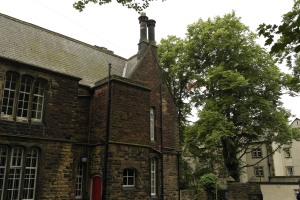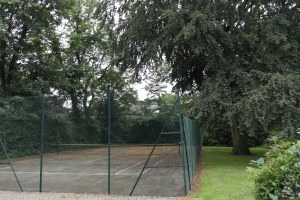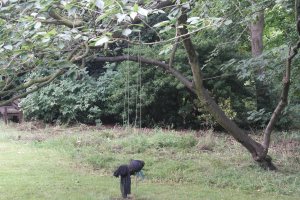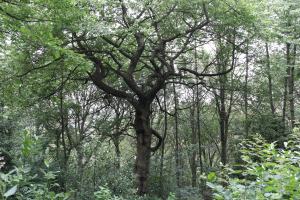
The first day of November bears gifts for those who watch the skies. A line of four swans flies in silence among huge flocks of squawking geese arrowing south. A thick, vivid rainbow embraces the library as I get to work.

November brings golden sunrises and swirling pastel sunsets, but when we visit the dene the sun is just a blur of light struggling through gloom. The floodlights have been lit on the football pitches nearby and they seem to be hazed with mist. I remind myself that it is only lunch time, since it feels like the prelude to twilight already. The weekend’s gales have faded into a gentle breeze. I am warm because I am moving, but if I stopped I would feel the bite of cold air. Meteorologists have forecast snow for the coming week and the sensationalist papers are making a fuss about it, but the chances are that we won’t see it much below the north of Scotland.

The dene is slumbering, or so it seems. A few soft twitters from a tit, a brief alarm from a blackbird, but otherwise the trees are silent. The burn is a chain of still puddles. Tawny leaves are interlaced with ivy, raspberry and bramble leaves. A handful of sow thistle and a lone herb robert are the only blooms left. The rushes have yellowed. The avenue of lindens has dropped many of its leaves and they lie in heaps along the path and around the tree roots. One birch among a row of others has been lost to fungi, huge brackets climbing the trunk that have killed it from within.

The pond is peaceful. Trailing willows and floating birds. An older couple circuit the water slowly, holding hands. But then the black headed gulls rise in a frenzy, their screeches filling the air. A man and his son are feeding them. The mallards and moorhens move quietly and determinedly to take their fill among the flurry of white wings.

I know this season isn’t as quiet as it seems. Some creatures are still preparing for winter, hoarding what food they can. Some are busy munching their way through the leaf litter, breaking it down to feed themselves and whatever is nurtured by the remaining mulch. Spiders have been encasing their eggs safely in silk for the winter. They won’t see their children born but have given them the best chance they can. Fungi burst into fruit so that they can send out their spores. Trees pull nutrients back within, renewing themselves for the year to come.

And I’m preparing too. I’m no longer sending stories out, I’m holding them in. At Halloween I festooned my altar with photos of women writers. Not only to honour them, but to honour the thread of creativity that has been passed down through the generations. To remind me that there are others who have come before, women who can inspire and hold space for me when doubt comes. I am no longer languishing, but venturing out in search of stories. And then venturing in to find the words with which to tell them.

The air is full of drizzle on the day after Remembrance Sunday. Knitted poppies adorn the entrance to the cemetery. Rain patters softly on the remaining canopy. Leaves crackle as they fall. These gentle tickings are the only sounds. A discarded pumpkin lantern leers from the base of a tree. Here too, the landscape seems to slumber. But crows dig deep beneath heaps of leaves to find food. A squirrel weaves among the trees. On a nearby gravestone, a gull perches, watching us with interest. And these are only the preparations that we can see.

We walk past the crematorium and overhear part of the eulogy as a funeral takes place. The celebrant talks of a man who enjoyed photography. I smile at that creative thread that links me unexpectedly on this day to a stranger. We prepare, but we never know if our preparations will be enough or when they will no longer matter. Still, we do it, because we hope for a future in which they are enough. I am lucky to have shelter and food for the coming winter. The larder I fill is a creative one. Stories and images are the things I gather to see me through.












































